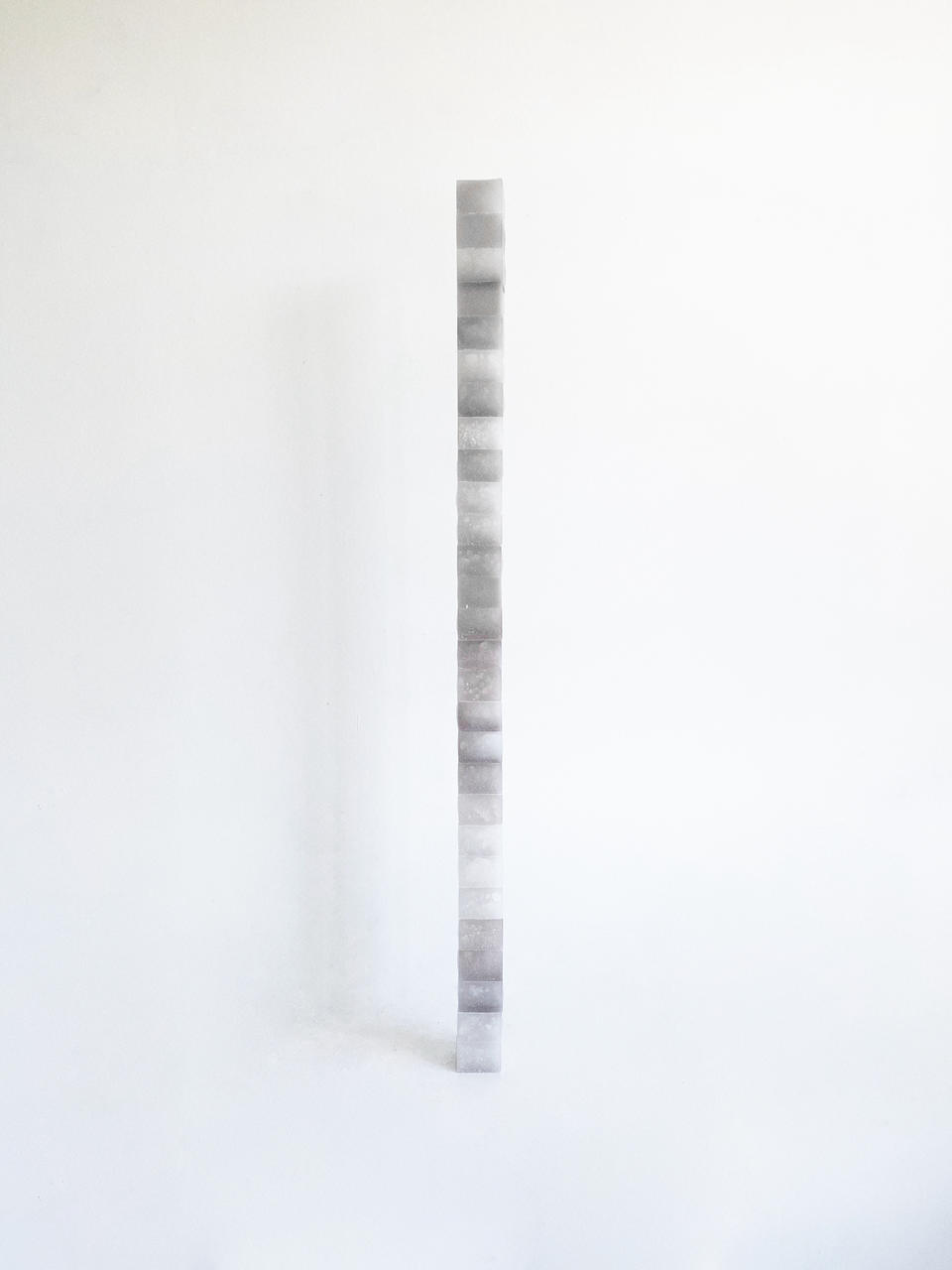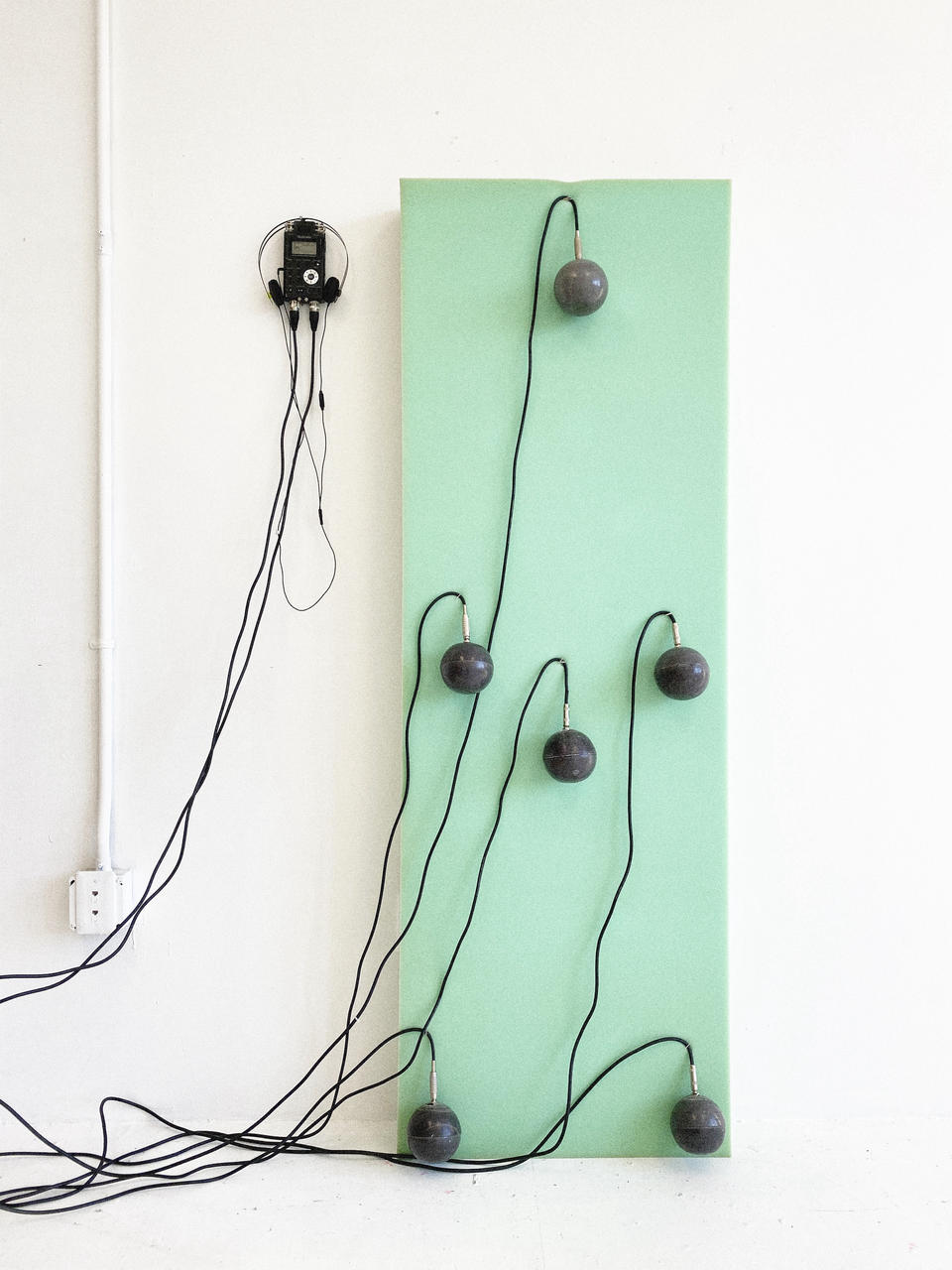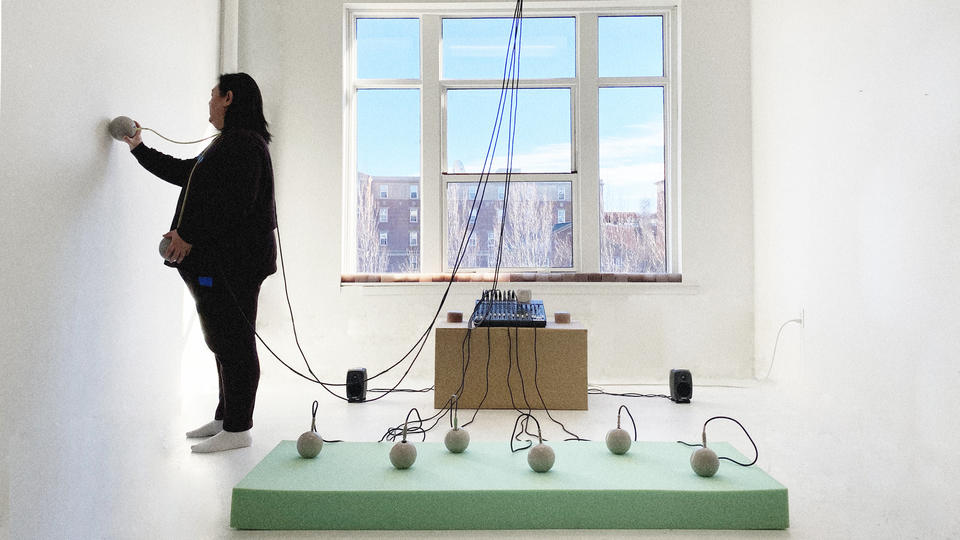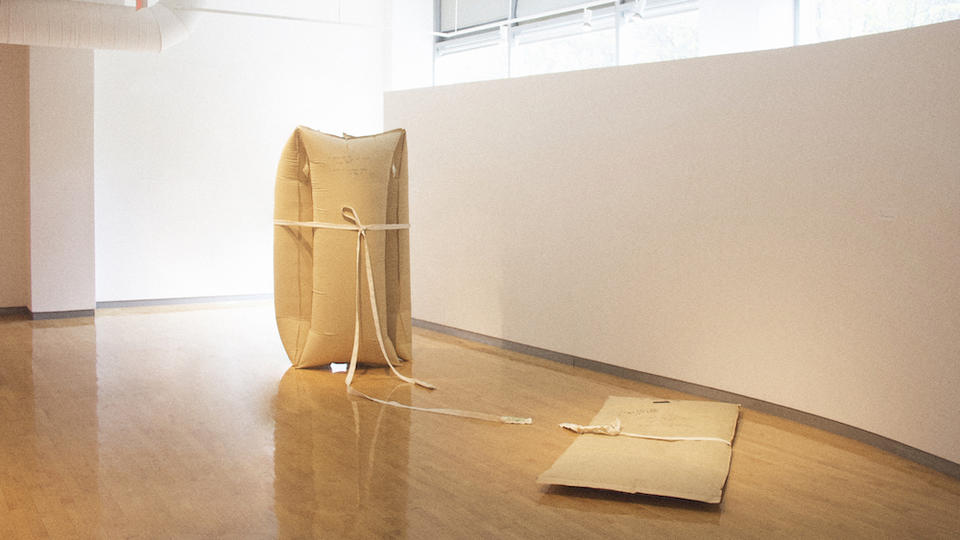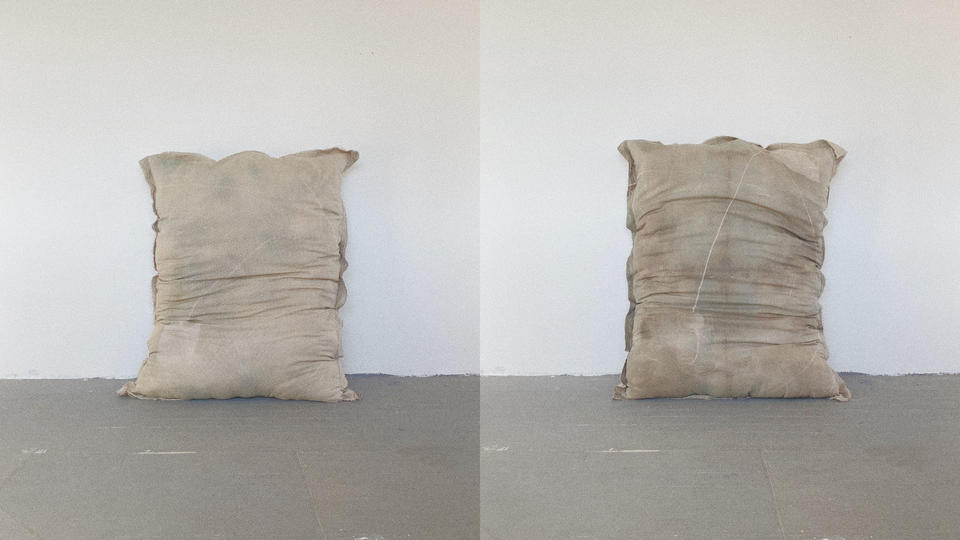Wei Wang
ensemble datemonthyear
“罔兩問景曰。曩子行 今子止 曩子坐 今子起。何其無特操與。景曰。吾有待而然者邪。吾所待又有待而然者邪。吾待蛇蚹、蜩翼邪。惡識所以然。惡識所以不然。”
“Penumbra asked Shadow: ‘Before you moved, now you stop. Before you sat, now you get up. Why are you so inconstant?’ Shadow said: ‘Shall I wait before doing anything? Is what I am waiting for also waiting for something? Shall I wait for the scales of a snake or the wings of a cicada? How do I know why it is so? How do I know why it isn't so?’”
A shadow is an absence of light cast by an opaque object, and a penumbra is the partially shaded outer region of the shadow. In this fable, “Penumbra Asks Shadow” (罔兩問景) written by Zhuangzi (庄子), Penumbra, as the merely seen being, has formed its own consciousness and questions Shadow’s existence. Shadow’s answer is profoundly rooted in the binary perspective on the relationship between its objecthood. Whether the response of the shadow convinces Penumbra or not, the consequence remains unclear. The shadow is subordinate to the object casting the shadow, which is its master. The penumbra, even though it is in turn subordinate to the shadow, can question the shadow’s dependency. The penumbra, as an indeterminate zone between object and shadow somehow forms its own consciousness to not only question the Shadow but also reflect on itself.
Image
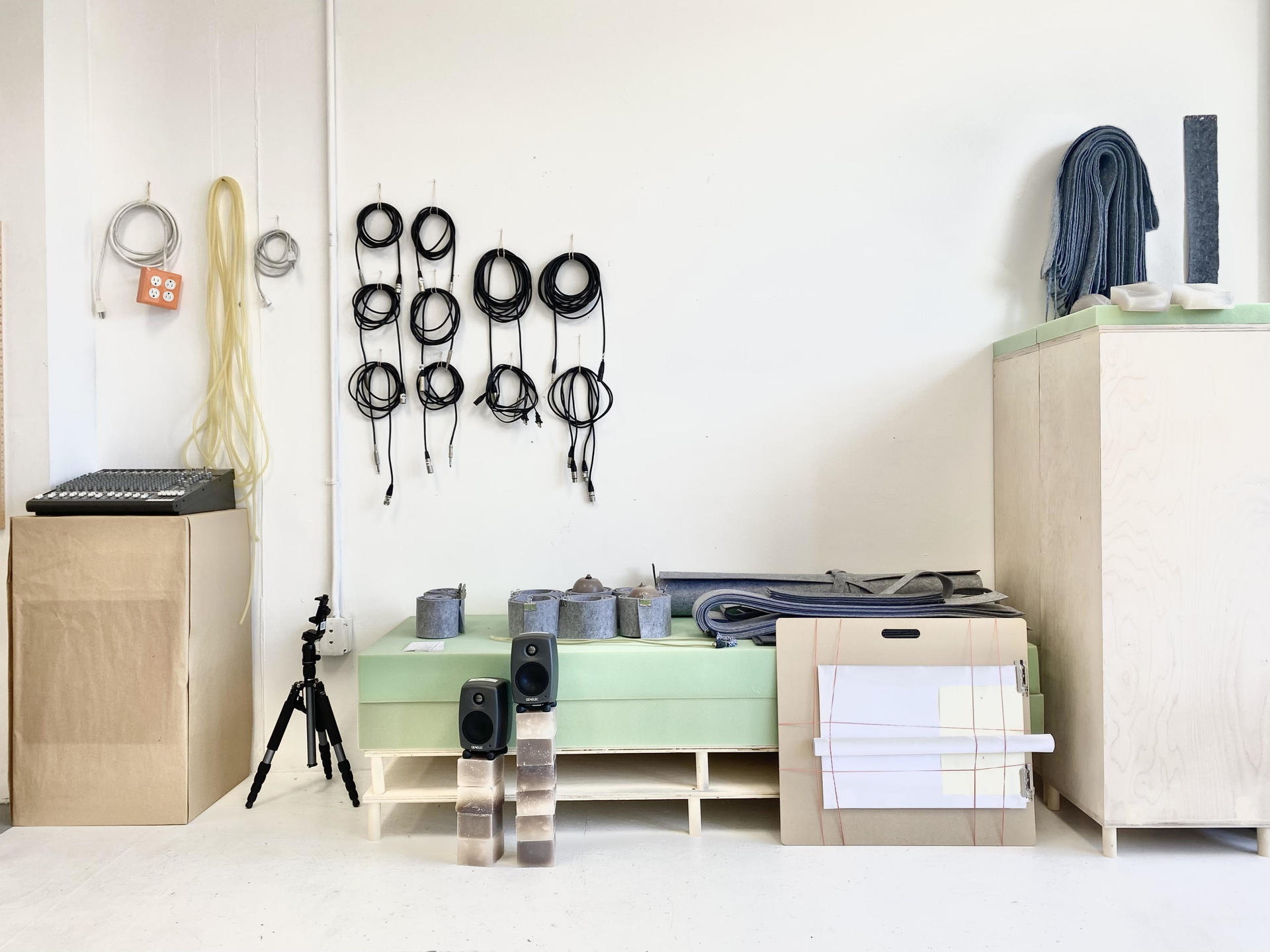
ensemble series, composition studio408
Object, Shadow, and Penumbra.
For the fable, my interpretation results in two paths. Firstly, in a position that is ignored in the public and private spheres, people can hardly see the Penumbra. (Who would usually notice that there is still a shadow outside the shadow and that the shadow has a shadow?) I ask questions about the triangular hierarchy between Object, Shadow, and Penumbra that is taken for granted in the homogeneous timeline and ask questions about subjects who are more likely to reflect on this relationship and are regarded as subordinate. Secondly, The text has a voice outside the dualistic dynamic. An indiscernible position at the edge of the dualistic principal-subordinate relationship translates to a transitional experience. The recognition of this voice may not be in the story itself, but in the reading of it. This reading performs a closeness to the questioner, both the penumbra and the reader.
Image
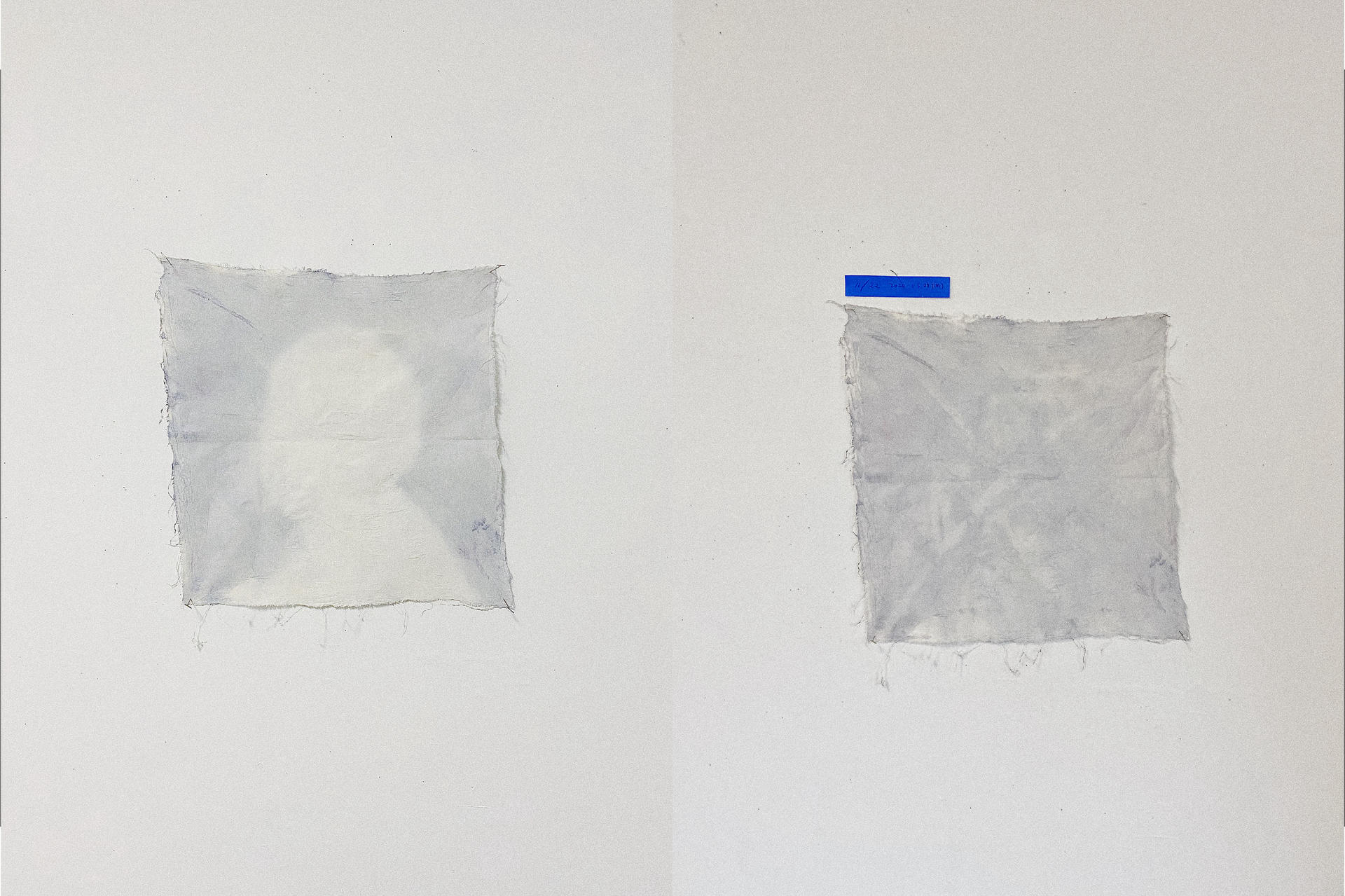
Untitled (Self-portraiture)
Individual: Object, Shadow, and Penumbra.
The ensemble series is an ongoing project developed during my thesis year. This series invites a group of performers and gives them maximum freedom and authority over the set of props I created. I took the formula of making 5’11 and cast a ball-shaped object with a contact mic embedded in it. I want it to highlight the intimate nature of the wax, the round shape, and the thermal pigments. Instead of being dominated by the more significant space and environment, one gets to change the object and leave imprints with the warmth of your own body. The wax ball is a delaying processor for creating one’s Shadow and Penumbra by skipping the light. One can experience a different timeline while watching one’s imprints produced by themselves appear and disappear on repeat. The rest of the materials used in ensemble 04042022 are also solid: untreated plywood, compressed foam, hardened wax, translucent rubber tubing, compressed felt fabric, metals, and silicon of the sound equipment.
The series starts with a self-exploration phase titled State of Flux (Body Autonomy) as a gesture of positioning myself in this new exploration. In some ways, I am trying to recreate the experimentation of finding and proving my own Shadow and Penumbra in Untitled (Self-portraiture). I want to be able to navigate myself in it before asking others to physically and mentally engage with it. ensemble 10182021 is the first version that started to shift to the collective experience where I invited some of my cohorts to form an ensemble band without any instruction. The scores (a series of drawings in product manual style) were displayed on the wall as minimal guidance for performers to engage with a starting point. The ensemble band’s performance remained unstructured until one of the performers started to play steady beats. Then, the other performers followed and played on top of the beats. All of a sudden, the rather chaotic sound began to harmonize. I saw the possibility of sharing and communicating with each other through the collective movements from the wax instruments.
State of Flux (Body Autonomy)
Collective: Object, Shadow, and Penumbra.
ensemble series datemonthyear for me became this ongoing series of endurance performances with an ever-evolving installation including movement, object, sound, and transitional space. Each object forms the stage and gives audiences the dramaturgical references signaling the current situated room. This series is an ever-growing sequence based on the editions of each performance. I am learning and crafting the work alongside my performers and the “stage props.” ensemble series datemonthyear prioritizes the other and empathizes with the Othered Us. I may ask the audience to watch, listen, feel, and learn from Us, the Penumbra. Perhaps they can be the Shadow and also the Penumbra in the future to immerse themselves in the conversation. I leave both the question and answer open for you.
How do I know why it is so?
How do I know why it isn't so?
ensemble 04042022
- Architecture
- Ceramics
- Design Engineering
- Digital + Media
- Furniture Design
- Global Arts and Cultures
- Glass
- Graphic Design
- Industrial Design
- Interior Architecture
- Jewelry + Metalsmithing
- Landscape Architecture
- Nature-Culture-Sustainability Studies
- Painting
- Photography
- Printmaking
- Sculpture
- TLAD
- Textiles
